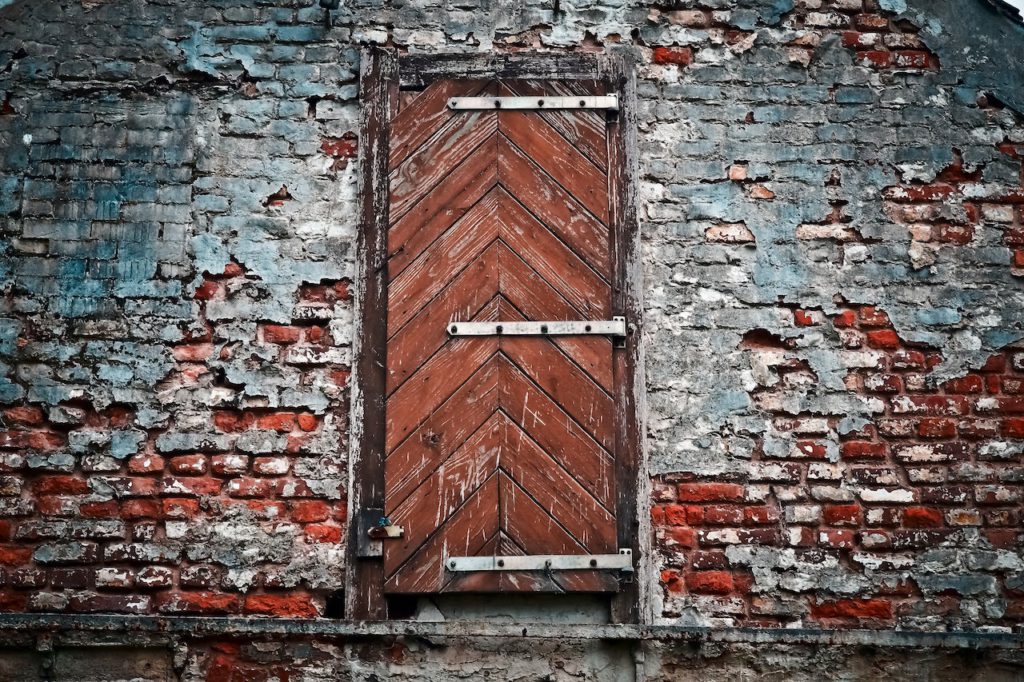For clarity, this paper examines brick making for use in building masonry and structures only. A brickworks, also known as brickworks, is a factory that produces bricks, either out of clay or shale. Acme Brick was founded in 1891, and produces various clay brick formulations.
Triangle Brick was founded in 1959, producing various types of clay bricks for use in commercial and residential buildings. Mack Brick Company also provides brick or stone base match services for repair work or additions to buildings. Hebron Brick Supply Company produces several types of architectural, domestic, and slender brick.
Endicott Clay Products Co. manufactures various types of bricks, including masonry and fine-grained bricks. Glenwood Mason Supply Company provides clay bricks as well as other brick products like blocks, cement, stucco, tools and equipment, precast products, and granite. Most bricks are made now from clay, produced by industrial-sized furnaces.
In earlier times, bricks were made at clay pits that were returned to agricultural use when the clay layers were exhausted. During this period, all the brick-makers traveled to construction sites to produce bricks using the local clay.

Mechanisation came to brick making in the 1820s, and with the improvement in transportation infrastructure–first canals, and later railroads–permanent brickyards were set up that could make many thousands of bricks per day, with a smaller workforce than was needed to make them under the older, manual, system.
After trains, Brick making boomed, with many hundreds of new brick makers and builders setting up businesses across the UK as travelling bricklayers. Others followed, and by the late nineteenth century, companies such as Grand Rapids Consolidated Brick were tapping into clay deposits bordered by Michigan, Fuller, Eastern, and Fountain streets to supply the city with bricks. Brickmaking declined as the clay deposits were exhausted and cement blocks became more cost-effective, but bricks made locally, with local brickmakers, made possible Philadelphias signature building environments and those in the surrounding area.
Most of The City of Philadelphias brickmakers continued hand molding bricks into the late twentieth century. During the nineteenth century, new steam-powered machines were invented that transformed brickmaking in many regions of the country, but The city of Philadelphias brickmakers were slow to embrace the innovations. Brick construction remained the style for most of the early twentieth century, until the availability of new construction materials, mostly cement and steel, surpassed brick in use by the construction industry.
A dramatic shift in brick making occurred during the latter part of the 19th century, with the development of extrusion machines that used star cutters for the cutting of finished bricks. From the 1380s onwards, brick making was regulated, at first by the Church Guilds, and then by the special guilds of bricklayers (or mashers). Brick making was a significant industry in Windsor, even during the colonial period.
A deposit of clay, mixed with water and sand, produced the quality bricks that sustained Connecticuts brickmaking industry for more than 100 years. The abundance of local clay allowed for thriving brickmaking, and bricks became one of the regions most prominent construction materials. Took was particularly apt early on, with kiln-fired bricks only needing sufficient bricks to construct the furnace, and more importantly, a surplus of clay.
Brickmakers would excavate clay, let it cure, rework it, shape it, allow it to dry, and then fire the bricks in the kiln… They would then sort the bricks according to hardness and colour. After tempering the clay, the wheeler carries it to the moulder, the more skilled member of the brickmaking team, who fills wooden brick molds and cleans out any extra clay. Early methods for making bricks by hand involved placing clay found on site in moistened cedarwood mold boxes, which were filled with sand inside to impart a textured, releasing quality to the bricks.
In the mid-nineteenth century, the development of automatic brick-making machines, such as the Bradley & Craven Ltd rigid-plastic Brick-making Machine, revolutionized the brick-making process. As the twentieth century approached, brick-making plants were built throughout North Carolina.
In 1903, southeast Pennsylvania, led by the city of Philadelphia, was the second-largest clay-producing state in the nation (behind Ohio), but was number one in making bricks, both ordinary bricks made from pressings. The states brick manufacturers produced approximately 10% of the nations bricks, or approximately one billion bricks, in 2004. Above, we outlined the largest brick manufacturers and suppliers in the U.S., ranked by revenues and yearly sales.


